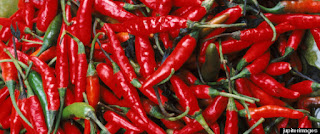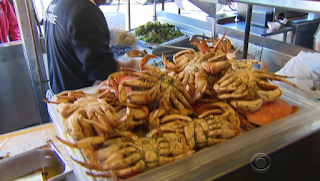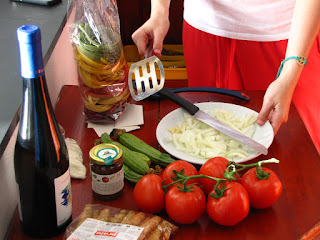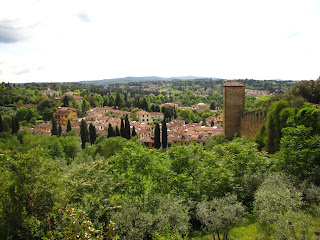I studied abroad in London back when I was an undergraduate student at the University of Maryland. It was a great experience, living there for 5 months! But the whole time I was abroad, I think it only rained - I mean properly rained, like a downpour - twice.
We always think of the UK as such a rainy country. And I'll admit, it was dreary. Most of the time, though, that meant it was cloudy or misty.
What good will an umbrella do you in the mist? Mist seems to attack equally from all sides. It's so light, it doesn't really soak your clothes. It just fogs up your glasses and makes your hair stand on end. An umbrella is a useless means of defense.
What good will an umbrella do you in the mist? Mist seems to attack equally from all sides. It's so light, it doesn't really soak your clothes. It just fogs up your glasses and makes your hair stand on end. An umbrella is a useless means of defense.
When I first got to London, I was told only tourists use umbrellas. I assumed the "mist" was the reason why. But recently, I came across a great article in the Londonist called, "Don't be a Brolly Wolly in London."
I wasn't sure what Brolly Wolly even meant, so I looked it up. "Brolly" is English slang for umbrella, and I think the "Wolly" part goes back to an England soccer match. But the article is all about umbrella etiquette.
If you ever live in a city or populated area, it's a good thing to know. Because let's be honest, walking down a sidewalk when hundreds of people are carrying open umbrellas can be a challenge. So is bringing a wet umbrella into a busy office or store.
First, the article breaks down WHEN to use an umbrella. If it's raining, that's an obvious yes. When it's dry, no. But what if there's just a drizzle? Then you need to judge your surroundings. If you're in a quiet area and aren't in danger of hitting any strangers in the face, go for it.
 |
| Img taken from telegraph.co.uk |
If someone else with an umbrella is walking your way (and you're not looking down at your phone), you can both tilt your umbrellas to the side. But sometimes, there are too many people for that. An easier option is the "lift and lower." It sounds like a dance move or a workout routine, and I guess it kind of is. You're working in sync with a partner. One person has to lift their umbrella overhead, while the other lowers.
The last tips are about what to do with your umbrella once it's closed. If you're still outside walking, hold it vertically so you don't accidentally jab someone. If you're getting onto a bus or train, put your umbrella at your feet or hold it in your hands. Leaving a drippy umbrella on your lap or the seat next to you will create obvious problems down the road when somebody's pants are wet!
All of these things may sound kind of obvious. But they're also often overlooked. So if you ever visit London, don't be "that Brolly Wolly tourist."
I've seen similar comments about rain in US cities like Portland and Seattle. Maybe make life easier, and just get yourself a nice raincoat with a hood :)
Want to know more? Leave your comments here, find me on Facebook and Twitter, or email me at rkaye@wmbd.com.
Culture and Climate Home
Want to know more? Leave your comments here, find me on Facebook and Twitter, or email me at rkaye@wmbd.com.
Culture and Climate Home









